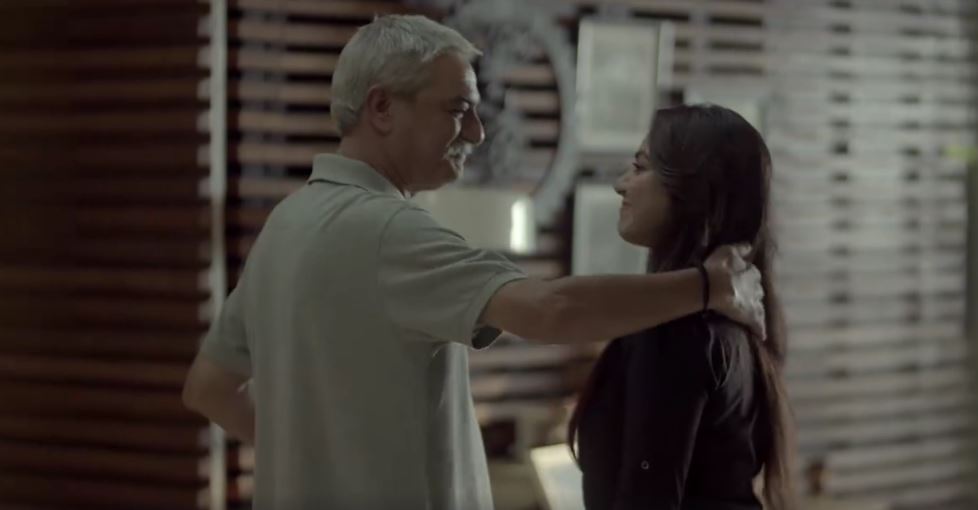
by Homayra
Ariel India’s new laundry detergent advertisement is the latest success in high impact product marketing with a powerful social message.
The two-minute ad is a heartfelt apology from a father to his daughter for his role in perpetuating gender stereotypes as he observes her single-handedly taking on the overlapping responsibilities of a professional woman, mother, and traditional housewife.
Sitting on my couch after what feels like has been a never-ending stretch of exhausting days, this commercial hits home. I can relate to the woman who I assume has come home from a long work day and is now running around giving a cup of chai to her husband while she takes a work call—because all too often work does follow us home. With the laptop open on one end, dinner on the stove, half haphazardly cleaning up the home in between—yes, I’ve been there.
All South Asian women have.
While there has been a shift in narrative in the identity of women in the professional world, unfortunately a parallel shift in the role of women at home has not followed suit. But Ariel’s heartwarming detergent ad is a great tool to further the conversation that will lead to this shift.
An important distinction the commercial makes is to not shame husbands, but rather acknowledge that similar to females, their behavior too is a result of experiencing and witnessing these gender stereotypes within their own households as children. We learn by example, and what better way to break the cycle than to set a new example for future generations.
So, #ShareTheLoad by passing this video along to your friends and family.
 Homayra works in the nonprofit world of environment and climate change in Boston. She received her Masters in Environmental Science from the University of Toronto and her BSC from Concordia University in Montreal where she majored in Environmental Science and minored in Political Science. In addition to working towards her passion of contributing to the social equality and human rights efforts through the environmental sector, Homayra also writes a blog at www.theelephantpath.com
Homayra works in the nonprofit world of environment and climate change in Boston. She received her Masters in Environmental Science from the University of Toronto and her BSC from Concordia University in Montreal where she majored in Environmental Science and minored in Political Science. In addition to working towards her passion of contributing to the social equality and human rights efforts through the environmental sector, Homayra also writes a blog at www.theelephantpath.com




